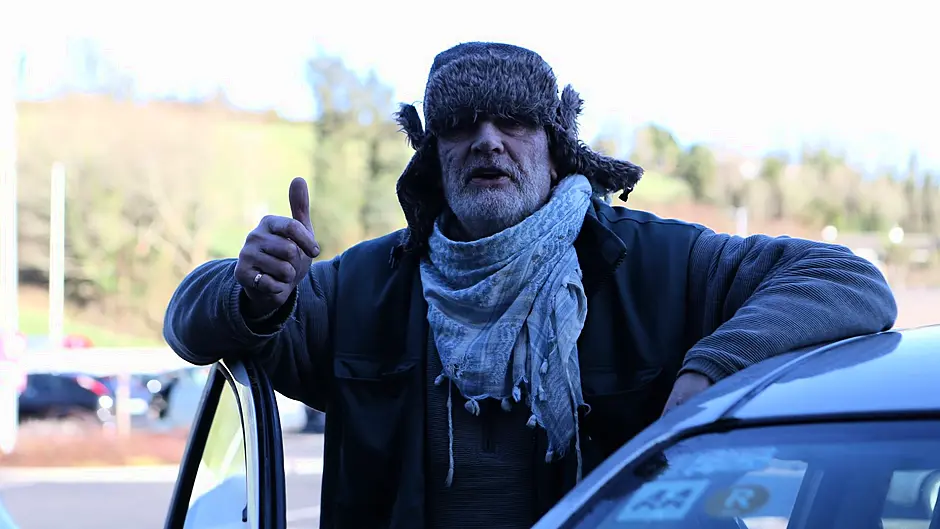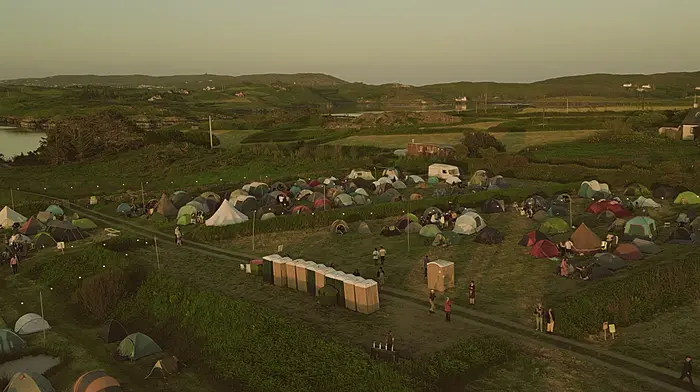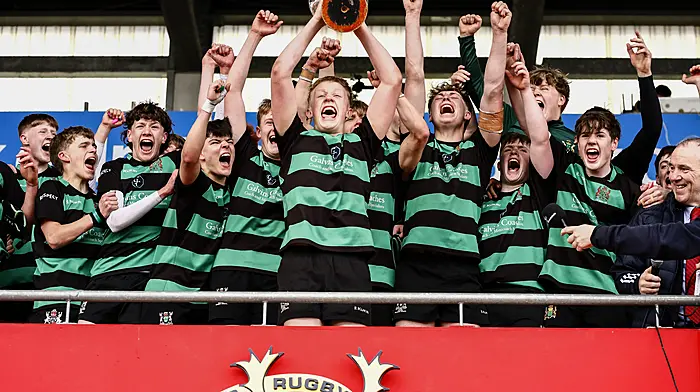FIVE years after Ian Bailey made West Cork his home he became involved in a murder investigation in which he was the prime suspect.
• December 23rd 1996
French film producer Sophie Toscan du Plantier is brutally murdered by being bludgeoned on the head with a concrete block. The murder occurred in the dead of night at the end of a lane leading to her remote home at Toormore, near Schull. Ian Bailey, a freelance journalist, who lived at the Prairie at Lissacaha in Schull, just over two miles away, is among the first reporters at the scene on the day gardaí confirmed her death. Over the next two months, Ian Bailey submits articles to newspapers about the murder investigation.
• February 10th 1997
Bailey is taken to Bandon Garda Station for questioning, but is released without charge. Bailey tells other reporters that he is a suspect, despite insisting he has nothing to do with her murder.
• April 17th 1997
State pathologist Dr John Harbison reports how Sophie Toscan du Plantier died from multiple injuries, including laceration of the brain and a fracture of the skull, caused by a blunt instrument.
• September 1997
A 2,000 page file is sent to the DPP in September 1997, but law officers within the DPP’s office are highly critical of the garda investigation.
• January 1998
Ian Bailey is arrested for the second time and is again released without charge.
• December 19th 2002
Sophie’s parents Georges and Marguerite Bouniol and her son, Pierre Louis – who were distressed by the way the case was proceeding in Ireland – commence a civil action against Ian Bailey for her wrongful death.
Subsequently, a ‘personal injury’ judgment in the sum of €115,000 is made by a criminal court in France against Ian Bailey. The French legal system allows for civil claims to be made in criminal matters and the judgment made by Judge Frédérique Aline was broken down into seven payments, including €25,000 to both of the deceased’s parents and her son; €10,000 to each of her two brothers and her aunt; and €5,000 to her uncle.
• December 2003
Ian Bailey commences a libel action against eight newspapers for linking him to the murder and therefore libelling him. He loses six of these cases, but wins two.
The horrific details of the case – Sophie’s callous slaying by blunt force trauma to the head – and the bizarre legal ramifications of the case turns the death of Sophie into a grim murder mystery.
• 2007
Ian Bailey lodges High Court papers suing the minister for justice and the garda commissioner for wrongful arrest, harassment, and breach of his constitutional rights. He ultimately loses the case in 2015 and is ordered to pay all legal costs.
• July 2008
The DPP concludes the evidence in the case does not warrant a prosecution, but the garda commissioner makes the case file available to French authorities.
• 2010
A European arrest warrant is issued for Ian Bailey, but is successfully contested by Bailey and his solicitor Frank Buttimer.
In the midst of all this, Ian Bailey graduates with an honours degree in law and a masters, after writing a thesis entitled, Policing the Police - Garda Accountability in Ireland.
• 2019
Bailey is convicted of the voluntary homicide of Sophie Toscan du Plantier, in his absence, by the French justice system and sentenced to 25 years in prison.
Once again, attempts to have Ian Bailey extradited fail because trials of people in their absence are not permissible under Irish law, so the Supreme Court rules that Ian Bailey could not be extradited.
• 2021
Two TV series on the murder are released – Sophie: A Murder in West Cork on Netflix and Jim Sheridan’s Murder at the Cottage. It leads to many tourists travelling to West Cork to engage in the ghoulish practice of ‘murder tourism’ by driving to see her home at Toormore. Jules Thomas announces that her relationship with Ian Bailey is over.
• June 2022
Gardaí announce plans for a full review of the Sophie Toscan du Plantier’s murder case.
• January 21st, 2024
Ian Bailey collapses and dies of a suspected heart attack in Bantry, a week short of his 67th birthday. His remains are cremated in Ringaskiddy two days later without any family present.









